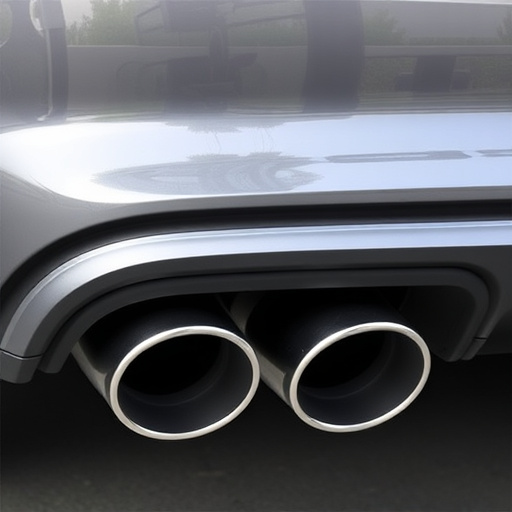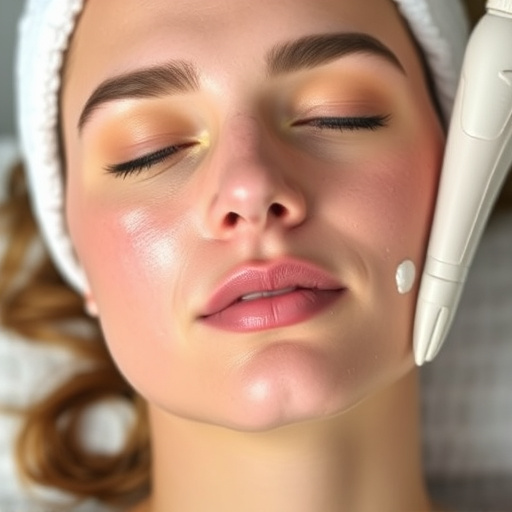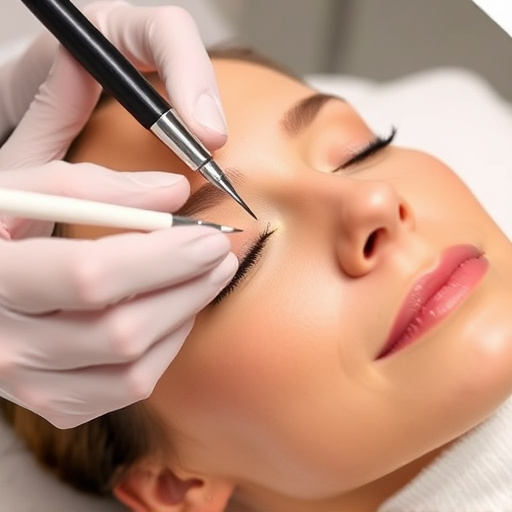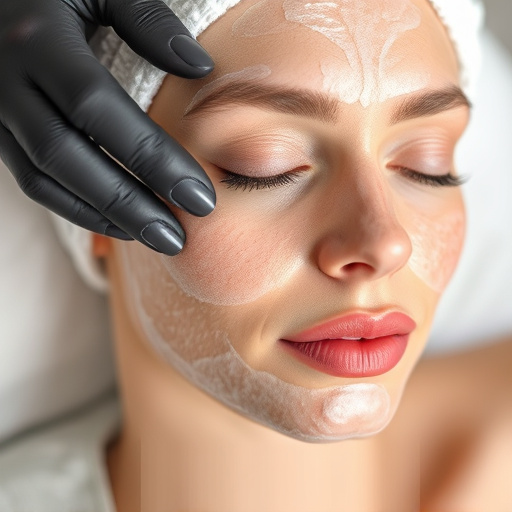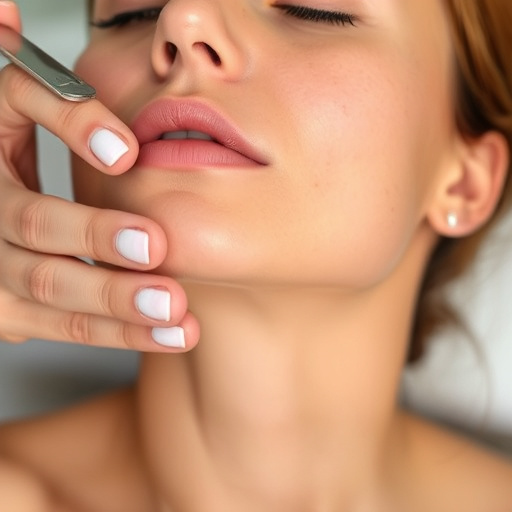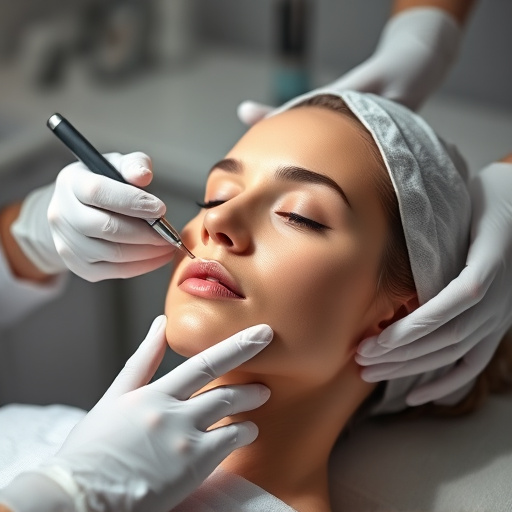Broken capillary treatment involves non-surgical options like Intense Pulsed Light (IPL) and Laser Therapy, which target melanin and blood vessels or hemoglobin in red blood cells respectively. Combining these treatments offers superior results, with personalized skincare tailored to skin type, tone, and concerns for optimal outcomes and minimal downtime.
Uncovering Effective Solutions for Broken Capillary Treatment
Broken capillaries, visible as tiny red lines on the skin, can impact anyone and are often caused by factors like sun exposure, aging, or trauma. This article delves into understanding this common skin concern, focusing on its causes and effects. We then explore two powerful treatment options: Intense Pulsed Light (IPL) and Laser Therapy, offering insights to help you choose the best approach. Additionally, we provide a comprehensive guide to treatment strategies for optimal results, ensuring your journey towards smoother, healthier skin.
- Understanding Broken Capillaries: Causes and Effects
- IPL vs Laser Therapy: Exploring Treatment Options
- Effective Treatment Strategies for Optimal Results
Understanding Broken Capillaries: Causes and Effects

Broken capillaries, also known as telangiectasia, are small blood vessels that have become dilated or damaged, leading to visible red lines or patches on the skin’s surface. These capillary issues can be caused by various factors such as sun exposure, aging, rosacea, and even traumatic injuries. Understanding these causes is essential in determining the most effective broken capillary treatment.
The effects of broken capillaries range from mild cosmetic concerns to more severe symptoms, depending on their location and extent. They may appear as fine red lines on the face or larger, web-like patterns on the legs. While they are generally harmless, some individuals experience discomfort, burning sensations, or even sensitivity to cold temperatures. Professional skincare treatments, such as intense pulsed light (IPL) therapy or laser treatments, offer promising solutions for minimizing their appearance and improving overall skin health. In some cases, chemical peels may also be recommended as part of an integrated aesthetic treatment plan.
IPL vs Laser Therapy: Exploring Treatment Options
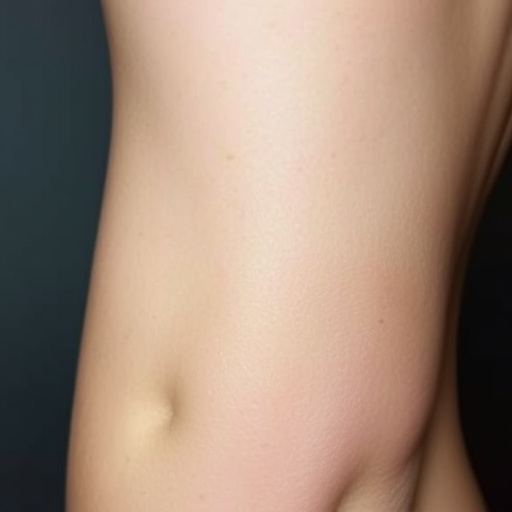
When it comes to treating broken capillaries, both Intense Pulsed Light (IPL) and Laser Therapy are popular non-surgical treatments. Both methods target small blood vessels under the skin’s surface, but they do so in slightly different ways. IPL uses a broad spectrum of light to treat a wide range of concerns, including broken capillaries, by targeting melanin and blood vessels simultaneously. This makes it suitable for various skin tones and types.
Laser Therapy, on the other hand, emits a focused beam of light that penetrates deeper into the skin. It specifically targets hemoglobin in red blood cells, effectively destroying problematic capillary networks. While Laser Therapy may offer more precise results, it’s typically more expensive and requires more time for recovery compared to IPL treatments. Choosing between the two depends on individual needs, budget, and a professional dermatologist’s recommendation, ensuring personalized skincare tailored to address broken capillaries effectively.
Effective Treatment Strategies for Optimal Results
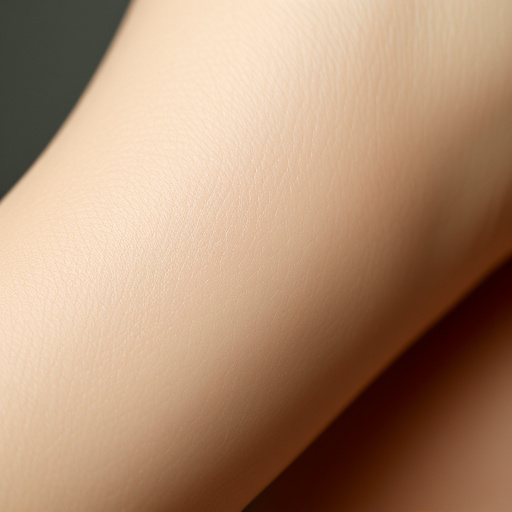
When it comes to effective broken capillary treatment, combining Intense Pulsed Light (IPL) and laser therapy offers exceptional results. These advanced technologies target the damaged capillaries directly, stimulating collagen production and promoting skin rejuvenation. IPL is particularly adept at treating broader areas, making it ideal for larger patches of broken capillaries commonly found on the face or legs. Laser therapy, on the other hand, provides a more precise approach, allowing for targeted treatment of individual capillary issues.
For optimal outcomes, a personalized skincare approach is essential. Customized facials and treatments tailored to an individual’s skin type and concerns can significantly enhance the effectiveness of broken capillary treatment. Skilled estheticians or dermatologists will consider factors such as skin tone, texture, and underlying conditions to devise a strategy that ensures minimal downtime and maximizes the health and appearance of the skin.
In conclusion, treating broken capillaries effectively involves understanding their causes and effects. Among the available options, Intense Pulsed Light (IPL) and laser therapy stand out as powerful tools for restoration. By comparing these treatments and adopting proven strategies, individuals can achieve optimal results in repairing damaged skin and minimizing the appearance of broken capillaries.


